Niepce’s success led to a number of other photography experiments, including thedaguerreotypetechnique.
Niepce began collaborating with French artist and chemistLouis Jacques Mande Daguerreto develop new ideas.
He developed a breakthrough technique he called thedaguerreotype(named after himself).
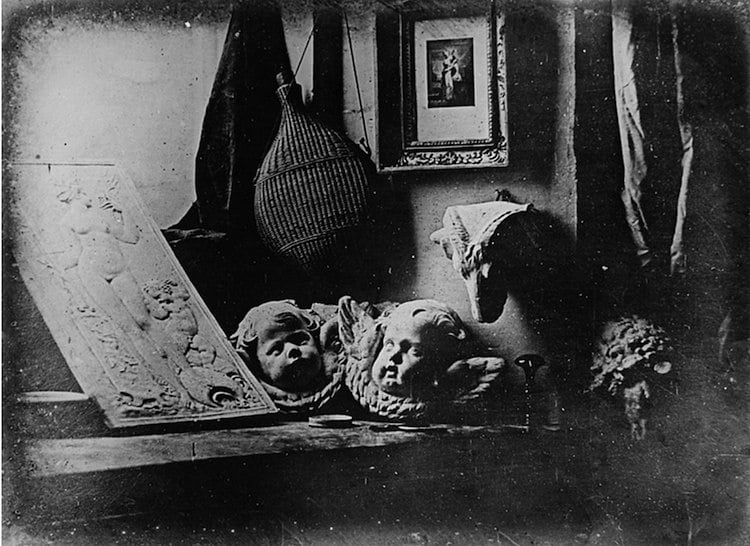
“The Artist’s Studio,” a daguerreotype produced by the inventor of the photographic process, Louis Jacques Mandé Daguerre, from 1837. (Photo:Wikimedia Commons, public domain)
Read on to learn more about the development of the daguerreotype and how it’s still being used today.
What is a daguerreotype?
In contrast to the photographic paper we know today, daguerreotypes are heavy and inflexible.
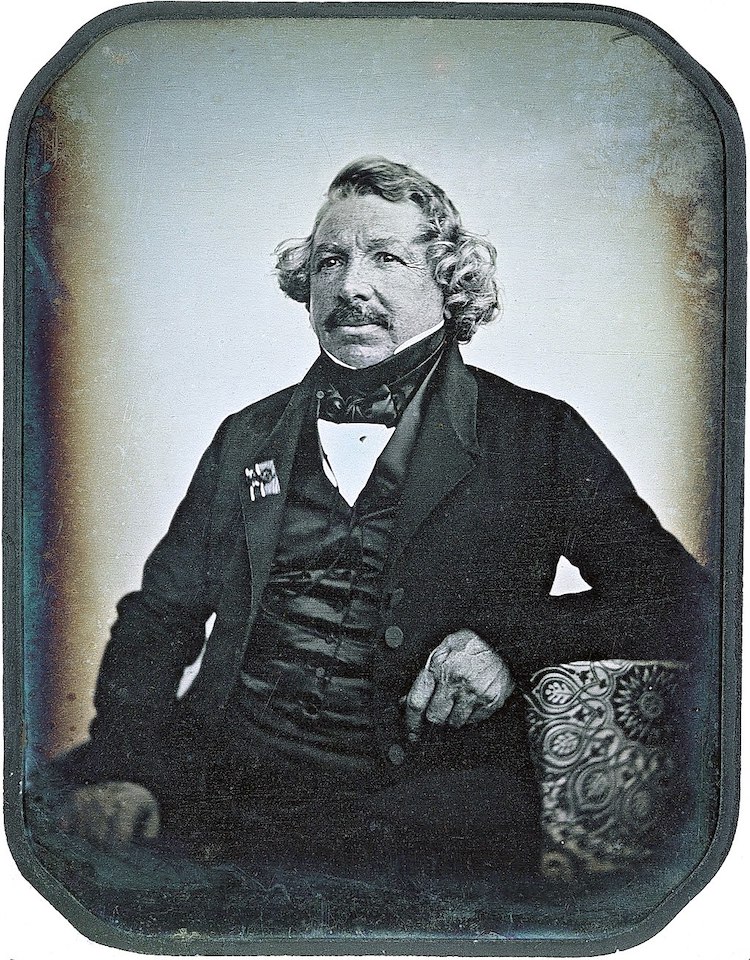
A daguerreotype portrait of Louis Jacques Mandé Daguerre, 1844 (Photo:Wikimedia Commons, public domain)
Despite the metal material, daguerreotypes are actually very fragile and were often displayed inside protective casings.
When daguerreotype studios began opening in 1840, many people wanted to have their portraits taken.
However, the process was very expensive and only the wealthy could afford it.
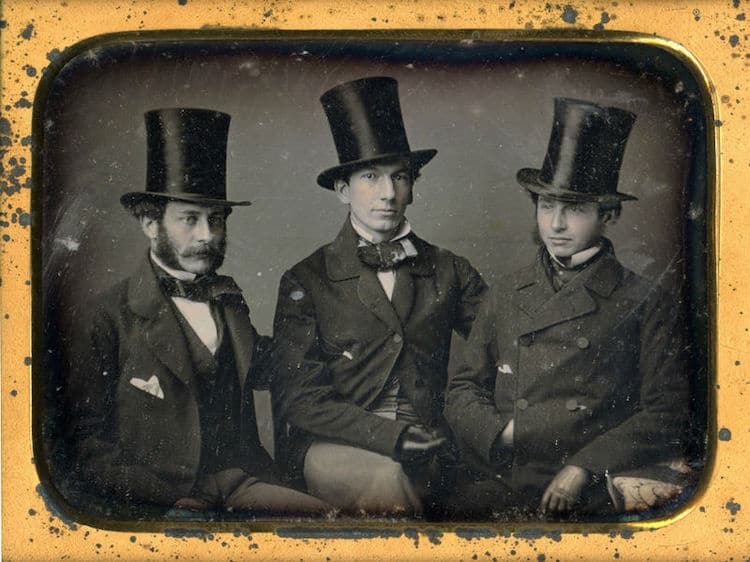
A daguerreotype portrait of Leverett Saltonstall, Jr., Charles Dabney, Jr., and unidentified companion, circa 1850. (Photo:Wikimedia Commons, public domain)
(Photo:Wikimedia Commons, public domain)
The Cameras
Susse Freres Daguerreotype camera from 1839.
The most popular included a sliding-box design with a lens in the front.
A reversed image would be obtained unless the camera was fitted with a mirror or prism to correct it.
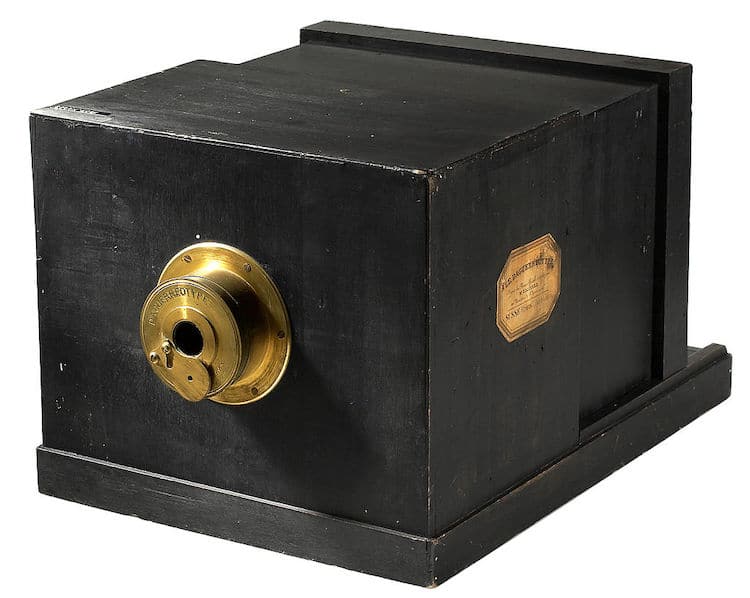
Susse Frères Daguerreotype camera from 1839. (Photo:Wikimedia Commons, public domain)
The Daguerreotype Process
The daguerreotype development process.
Eventually, a buffing machine was designed to assist the meticulous process.
Sensitization
The silver surface was typically exposed to halogen fumes in a dark room.
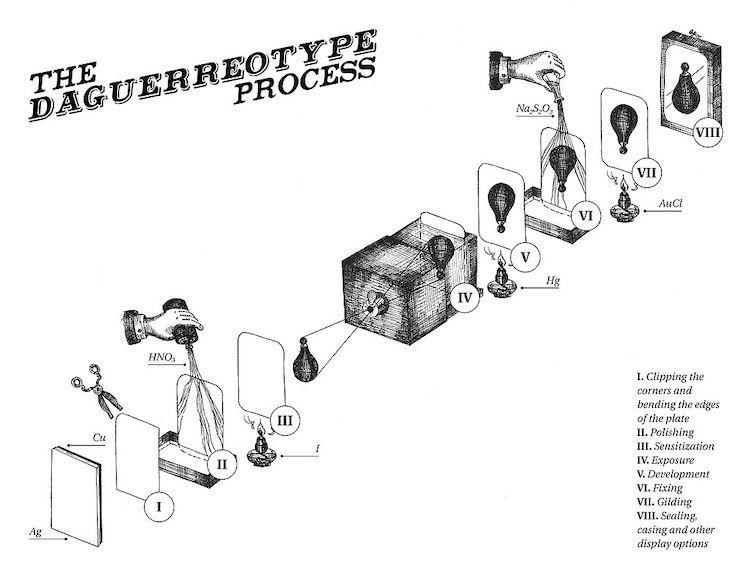
The daguerreotype development process. (Photo:Wikimedia Commons, (CC BY-SA 4.0))
However, it was soon discovered that subsequent exposure to bromine fumes greatly increased the quality of the image.
Exposure
The metal plate was then placed in the camera inside a light-tight holder with fold-out doors.
After several minutes, the plate is removed and the image should be developed.
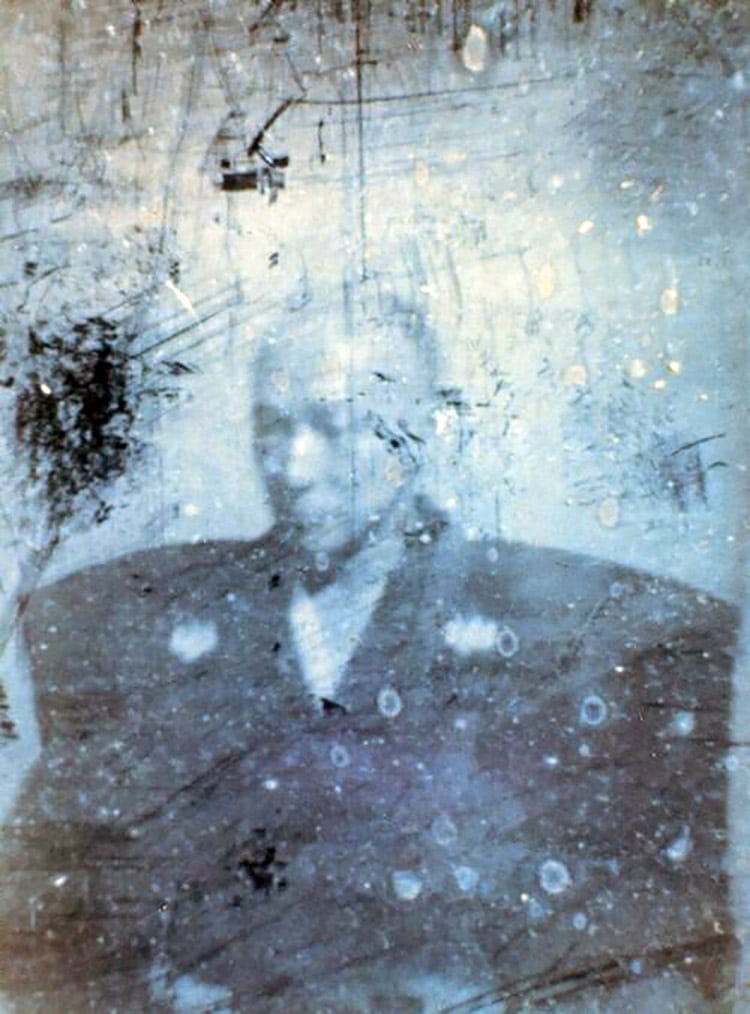
Ichiki Shirō’s 1857 daguerreotype of Shimazu Nariakira, the earliest surviving Japanese photograph. (Photo:Wikimedia Commons, public domain)
This was a dangerous process since mercury is highly toxic.
However, daguerreotypists of the 19th century rarely took safety precautions.
Who is using the daguerreotype process today?
Ichiki Shiro’s 1857 daguerreotype of Shimazu Nariakira, the earliest surviving Japanese photograph.
His abstractGlassesseries depicts jumbles of drinking glasses, precariously balanced and beautifully lit.